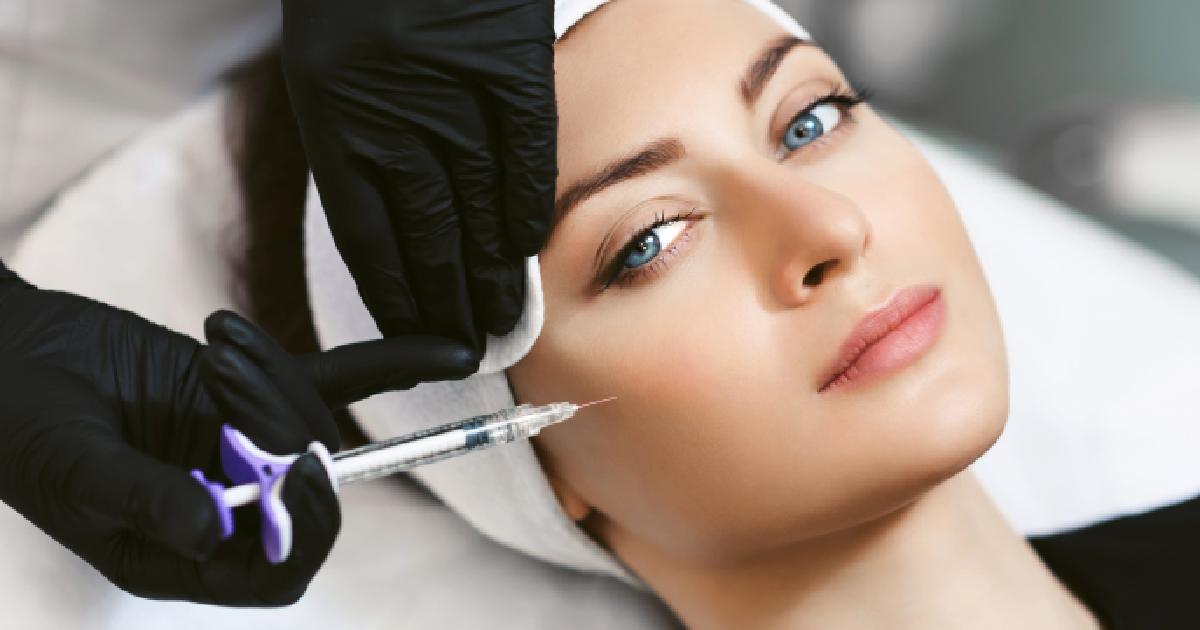

Photofacial on the skin promises radical improvement and rejuvenation, so several people choose it above other options. With its non-invasive ability, who wouldn’t love to get radiant skin like nothing happened? However, there is still a lot to uncover in this procedure.
IPL, or Intense Pulsed Light, Photofacial, is a popular non-invasive cosmetic procedure that improves the skin’s appearance. It’s often employed to address a variety of skin issues. The IPL photofacial procedure involves using a handheld device that produces pulses of broad-spectrum light. The mentioned light penetrates the skin and is absorbed by the target areas, such as pigment or blood vessels. The heat emitted by the light energy causes damage to the targeted cells, which are then naturally eliminated by the body’s processes, resulting in better skin texture and tone.
IPL photofacial treatments can be suitable for a wide range of ages, but their appropriateness depends on individual skin concerns and conditions. There are some considerations regarding IPL photofacial treatments for different age groups.
Younger Individuals (20s-30s) may seek IPL photofacial treatments for issues like sunspots, freckles, or uneven skin tone caused by sun exposure. IPL can also help stimulate collagen production, which can be beneficial for maintaining youthful skin texture.
For Middle-Aged (40s-50s), IPL photofacial treatments are often sought to address signs of aging, such as fine lines, mild wrinkles, and age spots. It can help improve skin texture and tone, giving a more youthful appearance.
Lastly, for older Adults (60s and beyond), more advanced signs of aging may require additional or different cosmetic procedures. IPL may help improve skin tone and address specific age-related pigmentation issues, but it may not be as effective for deep wrinkles or significant skin sagging.
Please note that the suitability of IPL photofacial treatments also depends on an individual’s skin type, overall health, and any pre-existing skin conditions. It is still recommended that before undergoing an IPL photofacial or any cosmetic procedure, it’s crucial to consult with a qualified dermatologist or licensed practitioner. They can assess your skin, discuss your concerns and goals, and recommend the most appropriate treatment plan for your age and skin type. Moreover, IPL treatments are not typically recommended for individuals with very dark skin tones, as they can be at a higher risk of pigmentation changes or scarring. Always follow the guidance of a trained professional to ensure the safest and most efficient treatment for your unique skin needs.
The frequency of IPL (Intense Pulsed Light) photofacial treatments depends on your specific skin concerns, treatment goals, and the recommendations of your dermatologist or licensed practitioner. However, some general guidelines exist for how often you might get IPL photofacial treatments.
For many people, an initial series of IPL photofacial treatments is recommended. This series typically consists of three to five treatments about three to four weeks apart. This initial series helps address specific skin concerns and improves skin tone, texture, and pigmentation. However, more than initial treatments are required for some. After completing the initial series, you may still benefit from periodic maintenance treatments. These can help sustain the results achieved during the initial treatments and address any new skin concerns that may arise. Maintenance treatments are often scheduled every six to twelve months, depending on individual needs.
Appropriately protecting your skin after the treatment must always be included. To maintain the results of your IPL photofacial treatments and prevent new skin damage, it’s crucial to follow a strict sun protection routine, including wearing sunscreen with broad-spectrum protection daily, avoiding excessive sun exposure, and using protective clothing and accessories like hats and sunglasses. And then seal it with consultation. Always consult your dermatologist or practitioner for personalized advice on the ideal treatment frequency for your skin. They can assess your skin’s condition, monitor your progress, and adjust the treatment plan to ensure the best results.
The interval between IPL photo facial treatments allows your skin to heal and recover between sessions. IPL targets specific skin concerns and stimulates natural healing processes within the skin, so giving your skin time to respond and regenerate is essential for achieving optimal results while minimizing potential side effects. Remember that individual results can vary, and the treatment plan may be adjusted based on how your skin responds to the IPL photo facial.
Depending on various factors, IPL photofacial treatments can have positive and negative effects on existing acne breakouts.
On the positive effects on acne, IPL treatments can sometimes be beneficial for individuals with acne-prone skin. IPL targets the pigmentation in the skin, which includes the redness associated with inflammatory acne lesions. It is excellent in helping reduce the redness and inflammation of active acne breakouts, making them appear less noticeable.
Regarding adverse effects, IPL treatments primarily target pigmentation in the skin, so they may not directly address the underlying causes of acne, such as clogged pores or excessive oil production. In some cases, IPL treatments can trigger a temporary acne flare-up, especially in individuals with sensitive or reactive skin. There can also be a risk of post-inflammatory hyperpigmentation (PIH). Individuals with a history of post-inflammatory hyperpigmentation (dark spots left behind after acne) should be cautious when considering IPL treatments for active acne. While IPL can reduce redness, it may not prevent the development of new dark spots or exacerbate existing ones in some cases.
Above all these, some individuals may benefit from a combination of treatments. For example, a dermatologist might recommend a specific acne treatment regimen, topical medications, or oral antibiotics alongside IPL treatments to address active acne and related pigmentation issues.
If you’re considering getting IPL photo facial, starting with a consultation is always best. Get a consultation at La Vida Laser and Aesthetics Institute. Contact them to reserve a session!
Be the first to hear about Updates, Upcoming Events and Special Course offers!
Office: 713-539-3458 Email: info@lavidaai.com